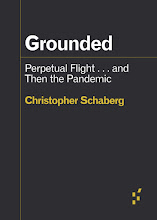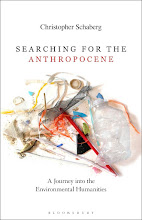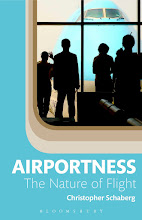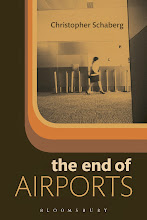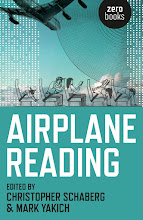When I consider using blogs to teaching literature/writing, I am not simply talking about transposing the forms (and formalities) of syllabi, essays, rubrics, etc. onto an electronic medium. No, I am talking about rethinking what it means to write—what it means to describe, explain, cite, argue, and allude in writing. New questions would drive such an experiment: Has intertextuality been trumped by hypertextuality? How can image montages (which fit into blog spaces nicely) make arguments? How can shorter pieces of writing (e.g., the 'post') be as (or more) effective than the traditional essay?
And I am not gazing wide-eyed into this abyss. Part of me wants to teach classes in which students hand write everything, in-class style. It seems like writing on the spot is more and more difficult as we come to know writing as something that is A) private and personal—like me sitting here in the early morning, alone and quiet at my very personalized computer, and B) entirely connected with what we still call a 'web' of information networks. To have students sit and write spontaneously in class (formal, graded prose) disorients both of these standards. So I still find myself attracted to an older (or simply slower, more public) model of composition.
But then I think: perhaps these two impulses could be merged. What if students wrote in-class essays (short ones), and then had to post them on their blogs, complete with at least four hyperlinks per post? This might attain both aims at once.
One more thought I had was that blogs depend on regular (and frequent) upkeep. Blogs lose their dynamism if new posts are not continually appearing. Thus if used in class, students should be required to compose a new post at least four times a week. Also, how does one encourage intelligent, focused commentary—but not too much? (Comments can run rampant and become the worst kind of 'postmodern' textuality.)
skip to main |
skip to sidebar

Airports, books, essays, & fly-fishing

- Christopher Schaberg
- Director of Public Scholarship Washington University in St. Louis




